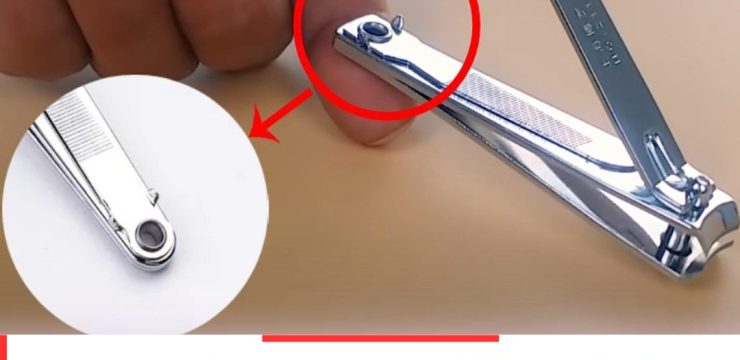When it comes to cutting down on electricity costs, we often overlook some everyday appliances that could be quietly driving up our bills. One such culprit is an appliance that many new homes already have installed, and it’s one you might never suspect: the bathroom fan.
Surprisingly, this small device, which helps ventilate your bathroom, can double your electricity bill if you’re not careful. Unlike older homes, which typically have windows in the bathroom for natural ventilation, modern homes often rely on mechanical fans to do the job. And while they may seem harmless, leaving them running too long can cost you.

The Mistake Many Make
One of the biggest mistakes people make is leaving appliances plugged in, even when they’re not in use. This applies not only to bathroom fans but also to other devices like phone or laptop chargers. Even when you’re not actively using these items, they’re still drawing power—what’s known as “phantom” or “vampire” energy usage. These hidden energy drains can slowly accumulate, inflating your electricity bill month after month.
Bathroom Fans: A Sneaky Energy Hog
While bathroom fans are essential for preventing mold and keeping your bathroom well-ventilated, they’re also a significant energy consumer. When left on for long periods, they can burn through electricity at an alarming rate. In fact, a bathroom fan can use as much energy in a minute as some appliances do in hours.
Think of it this way: every minute that fan runs unnecessarily, it’s like adding another appliance to your home that’s silently jacking up your electricity bill. If you’re in the habit of leaving it on after you’ve left the bathroom, or you forget to switch it off, you could be paying for that oversight in your utility costs.
How to Cut Down on Costs
Luckily, avoiding the steep energy costs caused by your bathroom fan is simple with a few mindful changes.
- Limit Usage: Make it a habit to turn off the fan as soon as it’s no longer needed. Set a timer for 10 to 15 minutes after you shower to help circulate the air, and then switch it off.
- Install Timers or Motion Sensors: These smart devices can help ensure your fan only runs when necessary. A timer will shut the fan off after a set amount of time, and a motion sensor can turn it on when someone enters the bathroom, ensuring it’s never left running longer than needed.
- Unplug Unused Devices: While focusing on your bathroom fan, don’t forget about other appliances that consume energy even when they’re not being used. Unplug devices like chargers or turn off power strips when they’re not needed to avoid the phantom energy drain.
By paying attention to how long your bathroom fan runs and taking steps to reduce unnecessary energy use around the house, you can make a significant dent in your monthly electricity costs.





